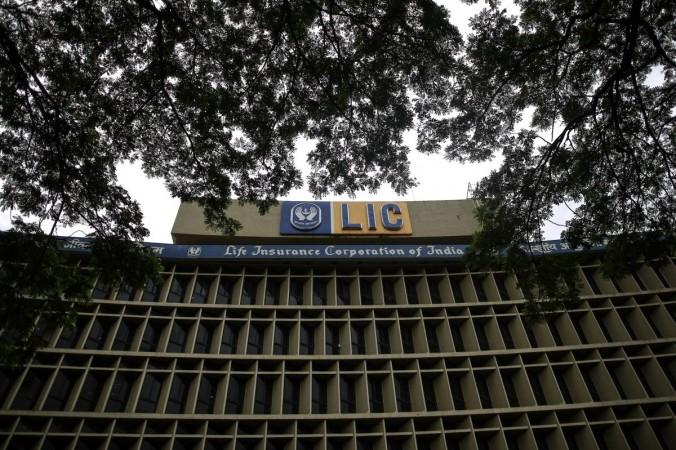Shares of Life Insurance Corporation of India (LIC) made a weak listing on the stock exchanges on Tuesday, bringing down the hopes of market revival amid dovetailing Sensex and Nifty indices.
The Indian insurance major listed on the stock exchanges at a discount of over 8 per cent at Rs 867, as against its issue price of Rs 949 but on Wednesday, it opened at Rs. 883.95 or 8.70 (0.99%) up from the previous day's close.
However, analysts are divided as some have pointed out the strong fundamentals while others expressed dismay at the market reaction.

Here's what some of the analysts have to say about LIC after the listing:
Shivam Bajaj, Founder and CEO at Avener Capital
"Despite the reduction in the pre-IPO valuation of LIC, the scrip has still listed at a discount on the bourses which is in tandem with the diminution in insurance companies' valuation and softness in the markets due to macro-economic constraints."
However, he insisted that given the attractive fundamentals, stability in operating metrics and expected recovery in the markets, the scrip can potentially see some buying interest from investors.
Vinod Nair, Head of Research at Geojit Financial Services
"The subdued listing of LIC is in-line with expectations in context to the drop in market dynamics from the opening of the IPO to the listing date. The listing price has fallen in tandem with the fall of insurance sector valuations, maintaining the discount of about 70 per cent to the industry's average."
Positively, the stock was bought at the dip.
Nair believes that LIC is a decent investment opportunity in the short to medium-term considering its strong market presence, improvement in future profitability due to the changes in surplus distribution norms, and strong sector growth outlook.
"LIC can perform well when we have a bounce in the market and positive performance in the insurance sector," he added.
Mohit Nigam, Head - PMS at Hem Securities
"As observed, the majority of big IPOs have not given strong listing debut gains. Considering previous trends, LIC has continued to take the same path with listing at a discount."
"We believe that personal savings and awareness regarding insurance will increase enabling the sector to outperform in the long run and will indirectly benefit LIC as it is the market leader in this sector."
Nigam recommended long term investors to hold the scrip, while short-term investors can wait to enter at a lower price.
Parth Nyati, Founder of Tradingo
The company's weak listing can be attributed to high volatility in the markets and negative market sentiments.
"The company is synonymous with insurance in India and enjoys a phenomenal brand recall. We believe India's highly underpenetrated life insurance space is still at a nascent stage and is attractively positioned to capture the huge growth opportunity."
"Those who applied for listing gains can maintain a stop loss of Rs. 800. New investors can take advantage of the dips to accumulate this share for the long term. We would like to add that the company's further downside will be limited due to low float post listing," Nyati said.
To put things in perspective, the initial public offering of the company, however, received robust response from investors as the insurance major's offer has been subscribed 2.89 times.
It received bids for 46.77 crore equity shares against IPO size of 16.2 crore equity shares.

The portion set aside for policyholders has been subscribed 5.97 times, employees bid 4.31 times the allotted quota and retail investors 1.94 times, while the reserved portion of qualified institutional buyers has booked 2.83 times and that of non-institutional investors 2.8 times.
The long-awaited Initial Public Offering (IPO) for the LIC was open for subscription till May 9.
Though the government had brought down the issue size from 5 per cent to 3.5 per cent, to Rs 21,000 crore, it was a landmark public issue in the history of the Indian capital market and India's biggest IPO till date.
The IPO valued LIC at Rs 6 lakh crore. The issue offer of the LIC was in the price band of Rs 902 to Rs 949. Also, the policyholders were offered a Rs 60 discount, while for retail investors, the discount was at Rs 45.
(With inputs from IANS)














